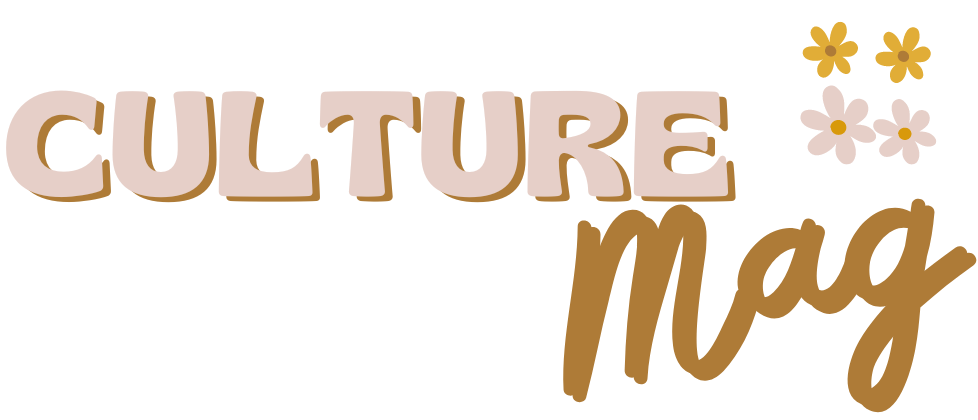The first cries of an infant resonate well beyond its first hours of life; they set the tone for a ballet of relationships and emotions that will shape the individual for decades. At the heart of this process are attachment bonds, those invisible but powerful connections that unite a baby to their loved ones and guide their psychological development. In this article, we dive deep into the role of attachment and separation anxiety in shaping our personality, worldview, and well-being as adults. We will decipher the fundamental theories of John Bowlby, explore the attachment styles defined by Mary Ainsworth, and discuss the vital importance of introspection of past experiences to enrich our self-understanding and improve our present lives.
The foundations of attachment and their adult repercussions
The care and affection received during the first years of life establish behavioral and cognitive patterns that will persist into adulthood. Attachment experiences in early childhood between the infant and his or her attachment figure are crucial. They influence our future relationships, our ability to manage emotions and our overall vision of humanity. Thus, a safe and comforting environment tends to promote healthy development, while negative experiences can lead to emotional or behavioral problems long after the lullabies have stopped.
John Bowlby: Attachment theory informs our social understanding
John Bowlby, a pioneer in psychology, profoundly influenced the understanding of early relationship dynamics. According to his attachment theory, a child’s relationship with their primary attachment figure is fundamental to their survival, as it influences their ability to explore the world and subsequently develop social connections. This primary bond serves as a template for the individual’s future social interactions and can shape how they perceive and receive support from others as adults.
Mary Ainsworth and the spectrum of attachment styles
Mary Ainsworth, expanding on Bowlby’s work, identified and characterized three main attachment styles: secure, avoidant and anxious/ambivalent. These styles describe how children respond to separation from their attachment figure and predict adult relationship patterns. Mary Main added a fourth type, thedisorganized attachmentfurther emphasizing the diversity of emotional and behavioral reactions to separation and stress.
The imprint of separation anxiety on the adult psyche
Separation anxiety is not just a temporary phase; it can leave deep marks. When the bond with the attachment figure is broken during childhood, this can lead to a feeling of insecurity and mistrust that persists. This primordial sorrow can lead to problems with interpersonal relationships, difficulties in social adaptation and even symptoms of anxiety disorders in adulthood, demonstrating the structuring role of these first emotional connections.
The path to better self-understanding
Recognizing the influence of our childhood experiences on our current behavior is essential in the quest for self-awareness. Analyzing these foundations can provide enlightening answers about our reactions and choices. This awareness is the first step towards adaptation and an improvement patterns of behavior that have become counterproductive. Consulting a psychologist can be a valuable tool to free ourselves from emotional constraints and fully flourish in our relationships and our personal life.
Attachment, the cornerstone of our psychosocial structure
In conclusion, it appears that the importance of attachment bonds formed in our early childhood lies in their capacity to structure our future social and psychological life. Understanding the roots of our behavior as adults is not just an introspective exercise, it is a process that can have significant implications for our mental health and emotional well-being. Thus, engaging in a journey of personal growth guided by understanding our first bonds of attachment proves to be a promising path towards a more harmonious and balanced adult life.

